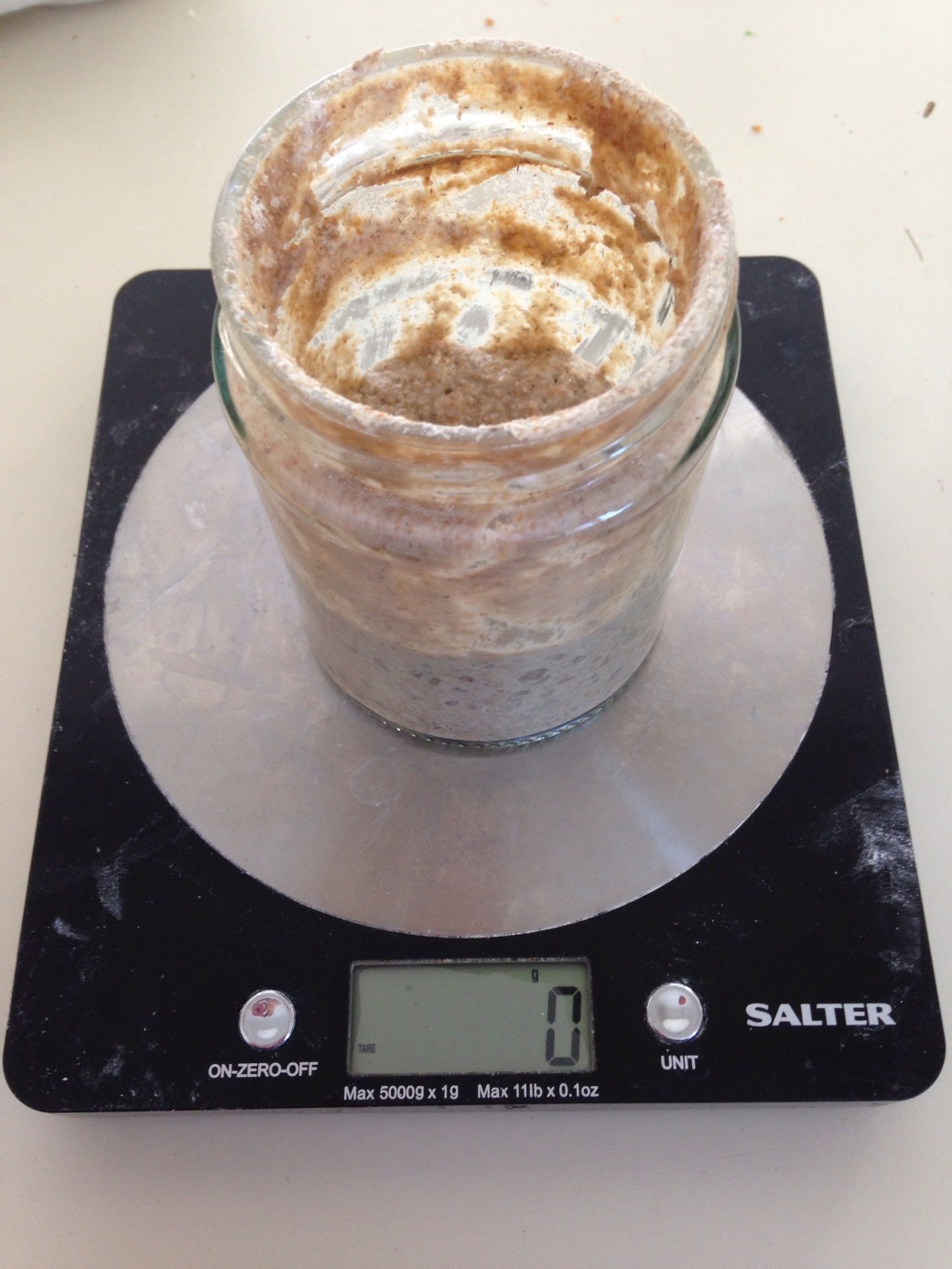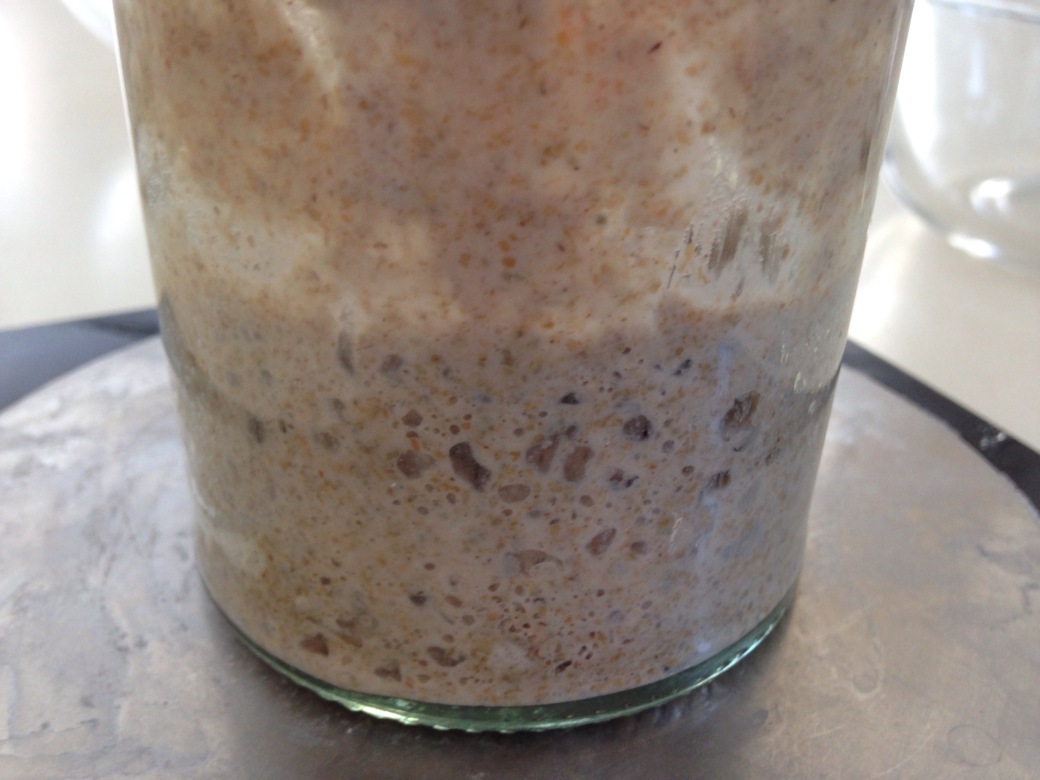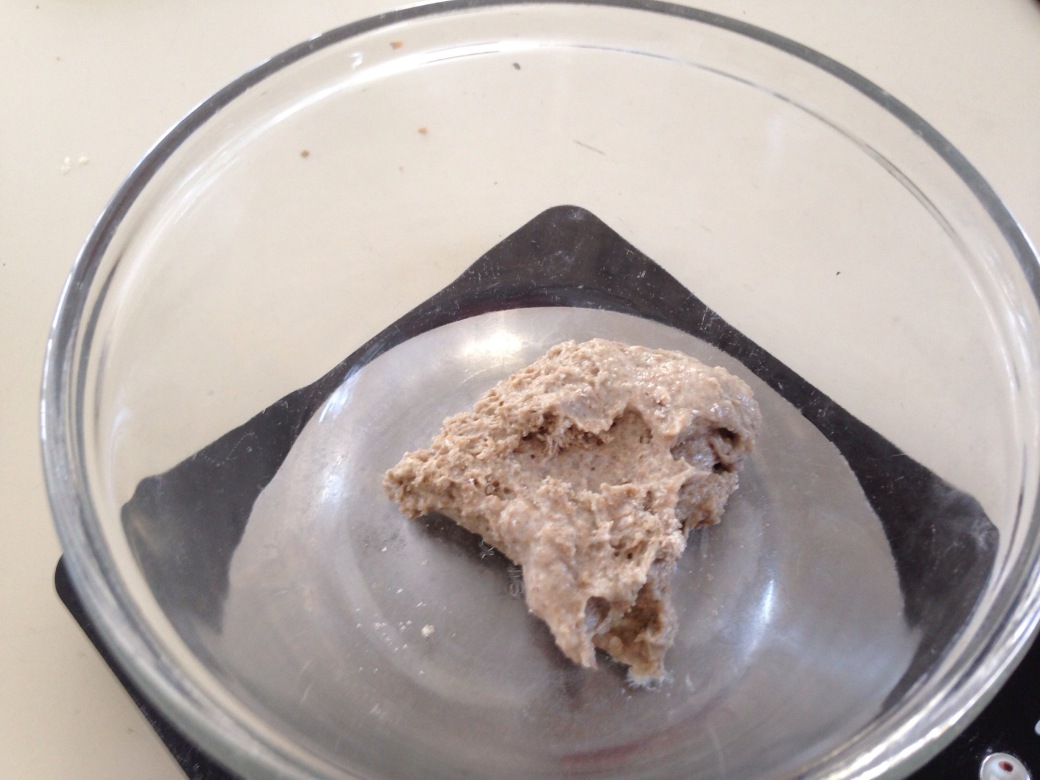
As I read our faded, battered copy of The Big Honey Hunt, to the kids at lunch today, I suddenly saw the story in a new way.
For those of you who don’t have it memorized, the bear family finish their pot of honey at breakfast one morning, and Mama tasks Poppa and Small Bear with getting more at the honey store. But Poppa decides not to go to the store. He decides they will go on a honey hunt and get some directly from the bees. After a series of mishaps and wrong trees – Poppa clearly does not have any honey getting knowledge or skills – they find honey only to be chased off by the bees. After they escape the bees Poppa takes them to the honey store to get honey and they happily take the honey home to Mama.
Until today, I always thought of this as a “you should have listened to Mama” kind of tale. But today it got me thinking about food sourcing. Food sourcing is something I think about a lot. I try to buy fresh, local, appropriately raised/grown food all the time, and although the the Seacoast has a fantastic local food scene, it is still difficult.
In fact sometimes I feel like Poppa Bear, setting off to get some food item but not sure how or where to get it. Often there are mishaps – we run out of flour for a week whilst awaiting our next shipment – and “wrong trees” – there are no white fish at this store, or no organic chickens, or no one has organic fresh horseradish root. But instead of happily giving in and heading to the “honey store,” as it seems the book suggests Poppa and Small Bear should have in the first place, I do more research, or wait, or do without, or plan to grow some next year. Whilst I love the rhyme and pictures in this book, the “just get it at the store” message makes me wince. I hate the idea that ease and convince should, or even could, trump taste and quality. For my part I’ll take the mishaps and wrong trees that go with the honey hunt as long as the taste is worth it.
For those times when your flour runs out, or you don’t want to eat carbs or gluten this crust-less pumpkin pie comes in handy. You can use any pumpkin pie recipe and just bake it without the crust. Just watch it and check it early as it’s likely to be ready sooner.
Crust-less Pumpkin Pie
Adapted from The Moosewood Cookbook by Molly Katzen
- 2cup (454g) roasted pumpkin
- 1/4cup (85g) maple syrup
- 1/4 tsp allspice
- 2 tsp cinnamon
- 1&1/2 tsp ground ginger
- Grated fresh nutmeg to taste
- 1/2 tsp salt
- 2 eggs
- 1/4cup water (or 1/2cup milk)
Rule
Cut open the pumpkin and remove seeds. Roast face down on a baking sheet for about an hour at 400F. Cool then scoop out and purée in a blender or use a hand blender.
In a large bowl mix all the ingredients.
Pour into a greased pie pan and bake at 375F for 10 min then reduce the temperature to 350F and bake 35min more until it is set in the middle (it doesn’t wobble when shaken from side to side). Eat warm or chilled. Store in refrigerator.


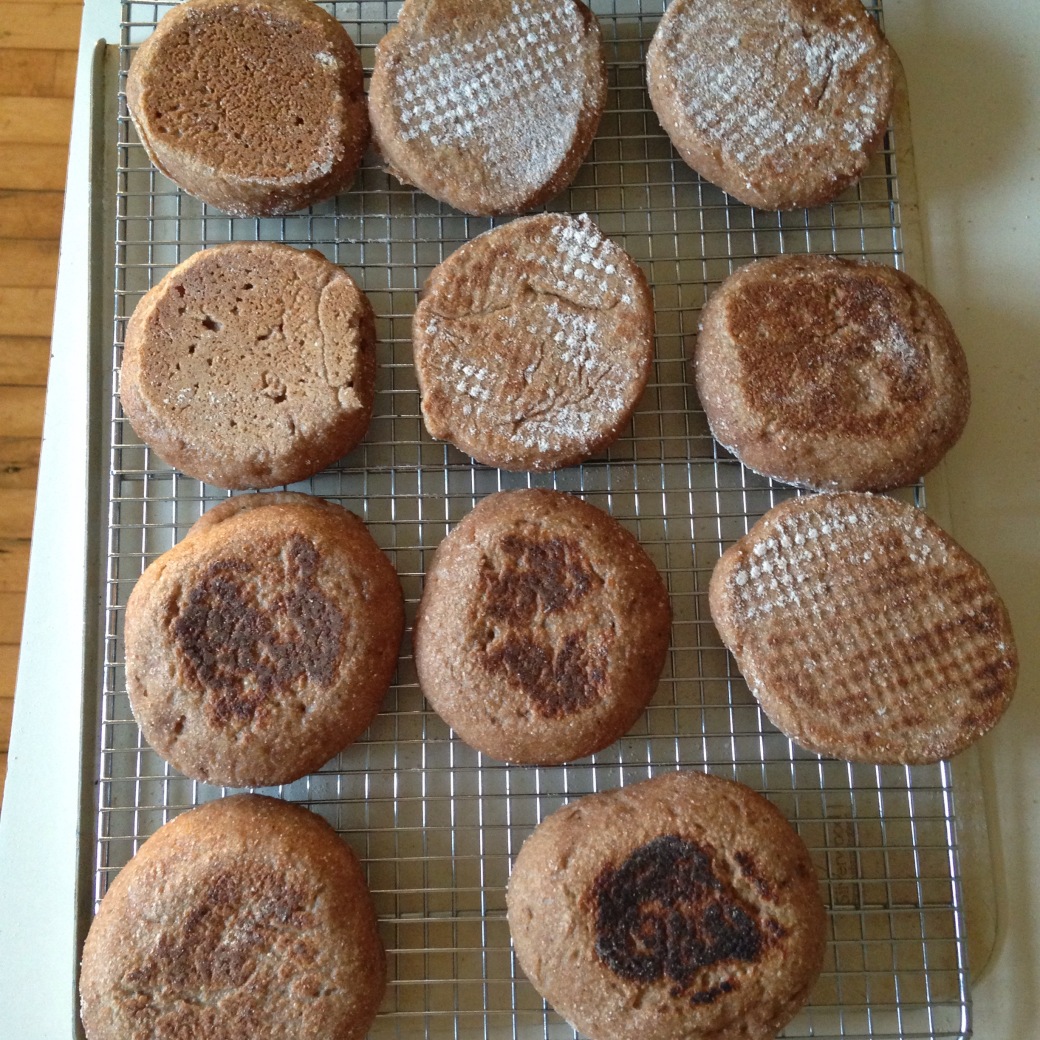










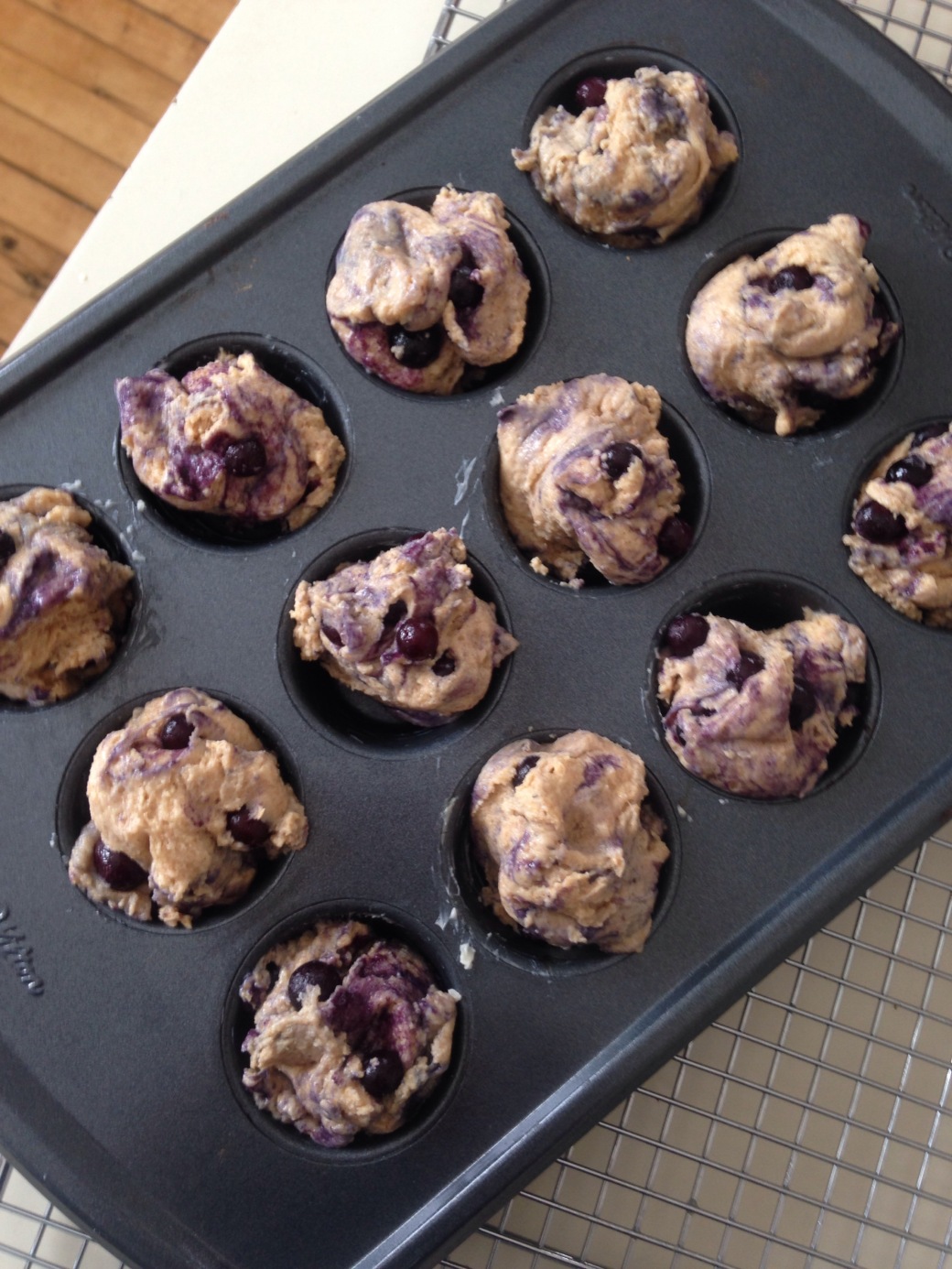

 Imogen’s heavily glittered Christmas decorations still spin and dangle from the curtain rail above me. They catch the sunlight while the birds chirp outside. We understand their chirps mean spring is coming even if it got down to 11 degrees Ferinheight last night. The day promises warm sun and we are in the mist of sugaring season; when the maple trees (which are many here in Maine) are tapped for their sap which is boiled down to maple syrup.
Imogen’s heavily glittered Christmas decorations still spin and dangle from the curtain rail above me. They catch the sunlight while the birds chirp outside. We understand their chirps mean spring is coming even if it got down to 11 degrees Ferinheight last night. The day promises warm sun and we are in the mist of sugaring season; when the maple trees (which are many here in Maine) are tapped for their sap which is boiled down to maple syrup. 







